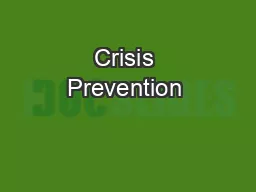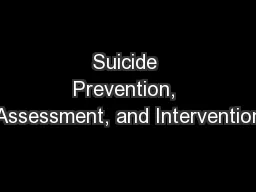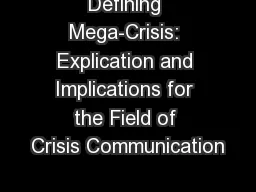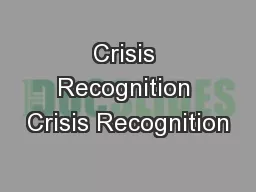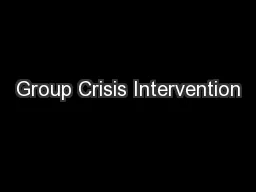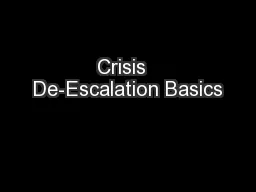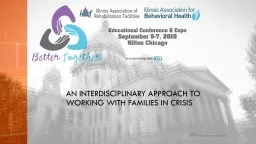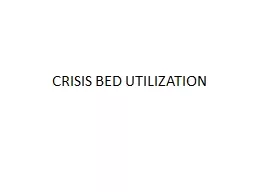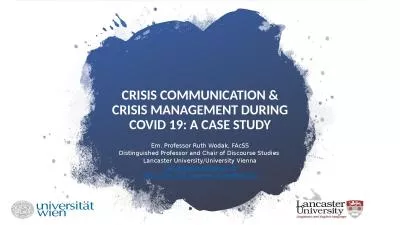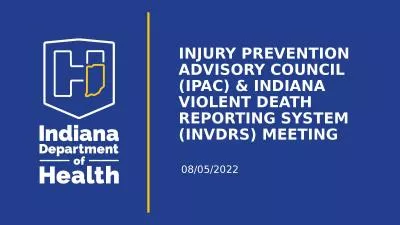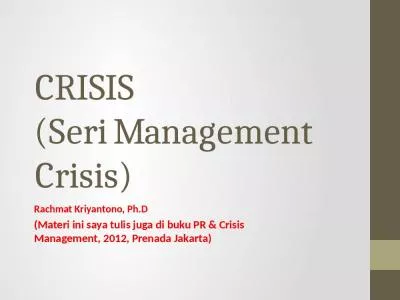PPT-Crisis Prevention & Intervention
Author : sherrill-nordquist | Published Date : 2016-04-06
Mental Health Crisis Intervention Stephen E Brock PhD NCSP LEP President National Association of School Psychologists Professor and School Psychology Program Coordinator
Presentation Embed Code
Download Presentation
Download Presentation The PPT/PDF document "Crisis Prevention & Intervention" is the property of its rightful owner. Permission is granted to download and print the materials on this website for personal, non-commercial use only, and to display it on your personal computer provided you do not modify the materials and that you retain all copyright notices contained in the materials. By downloading content from our website, you accept the terms of this agreement.
Crisis Prevention & Intervention: Transcript
Download Rules Of Document
"Crisis Prevention & Intervention"The content belongs to its owner. You may download and print it for personal use, without modification, and keep all copyright notices. By downloading, you agree to these terms.
Related Documents

